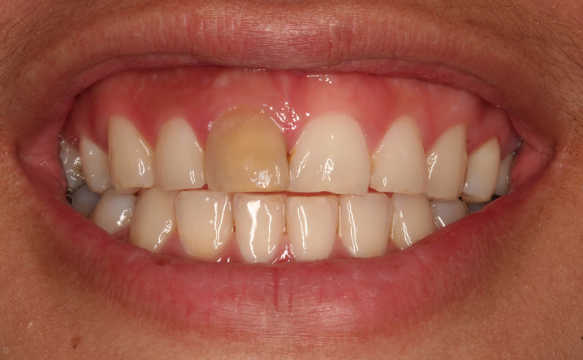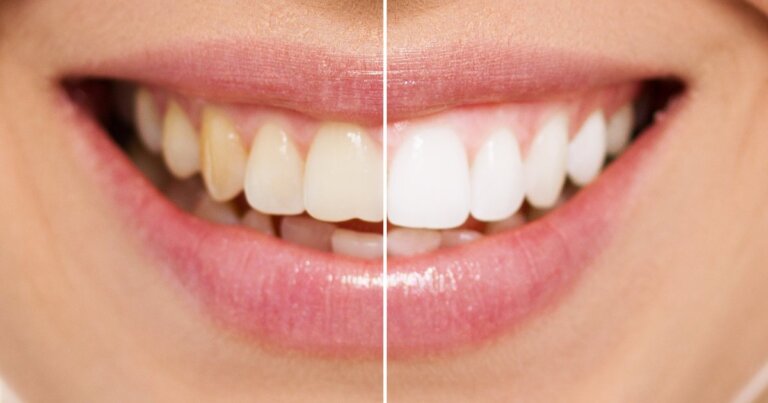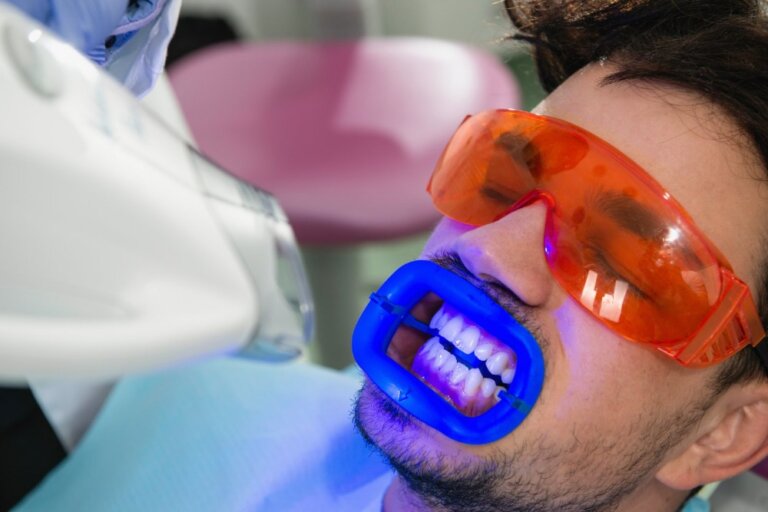Discolored Tooth

What Is A Discolored Tooth?
A Discolored Tooth is a tooth that has lost its natural color and appears darker or yellowish in shade. Discoloration can occur in one or more teeth, and it can be caused by a variety of factors, including poor dental hygiene, aging, genetics, and lifestyle habits.
Discolored teeth can affect a person’s confidence and self-esteem, and it is essential to understand the causes, prevention, and treatment options for this common dental issue. Before you contact a Toronto dentist to examine your Discolored Teeth, there are some things you should know as a patient:
- Causes of Tooth Discoloration
- Signs And Symptoms Of A Discolored Tooth
- Treatment Options For Tooth Discoloration
- Managing A Tooth Discoloration Until You Can See The Dentist
- Frequently Asked Questions About Tooth Discoloration
If you have questions about A Discolored Teeth or other dental problems, please contact us for more information.
Why Do I Have A Discolored Tooth?Causes of Tooth Discoloration
There are many reasons why a person may have discolored teeth, including:
- Poor Dental Hygiene: Inadequate brushing, flossing, and professional cleanings can lead to plaque and tartar buildup, which contributes to tooth discoloration.
- Aging: As we age, the enamel on our teeth wears down, exposing the yellowish dentin layer beneath. This natural process often results in teeth appearing darker or more yellow.
- Genetics: Genetic conditions like dentinogenesis imperfecta and amelogenesis imperfecta can lead to discoloration. Dentinogenesis imperfecta often causes gray stains and makes teeth brittle, while amelogenesis imperfecta can lead to yellow-brown discoloration and weakened enamel.
- Lifestyle Habits: Consuming stain-causing substances, such as coffee, tea, red wine, and tobacco, can lead to yellow or brown discoloration. This discoloration can often be mitigated with routine dental cleanings.
- Trauma or Injury: An injured or traumatized tooth may turn dark or gray due to internal bleeding within the tooth.
- Medications: Certain medications, including antibiotics like tetracycline or doxycycline taken during childhood, can cause tooth discoloration. Other medications, such as antihistamines and high blood pressure drugs, may also contribute.
- Tooth Decay: Decay can create gray or black areas on the affected tooth. If left untreated, decay may worsen, requiring more advanced treatment like fillings or root canal therapy.
- Amalgam Fillings: Amalgam (silver) fillings can cause surrounding tooth structure to turn gray or black over time due to chemical reactions between the filling and tooth enamel.
Understanding the underlying cause of tooth discoloration is crucial in determining the appropriate treatment and prevention strategies. If you have further questions about what causes A Discolored Tooth, please contact us.

Signs And Symptoms Of A Discolored Tooth
Some common signs and symptoms of a discolored tooth may include:
- Yellow, Brown, or Grayish Hue: The most noticeable sign of tooth discoloration is a change in tooth color.
- Uneven Color Distribution: The discoloration may not be uniform, with some parts of the tooth appearing darker or lighter than others.
- Tooth Sensitivity: Discolored teeth, especially due to injury or decay, may become sensitive to hot or cold temperatures.
- Pain or Discomfort: In cases where discoloration results from decay or trauma, you may also experience pain.
- Rough or Pitted Texture: Certain genetic conditions cause a rough, pitted tooth surface, making the teeth more vulnerable to stains and discoloration.
If you notice any of these signs or symptoms, it’s important to consult with a dental professional to determine the underlying cause and appropriate treatment options. If you have further questions about the signs and symptoms of A Discolored Tooth, please contact us.
Treatment Options For Tooth Discoloration
Depending on the underlying cause of tooth discoloration, treatment options may include:
- Professional Teeth Whitening: Professional teeth whitening is a safe and effective way to address surface stains caused by aging, lifestyle habits, or genetics. Your dentist will apply a high-concentration bleaching agent to brighten the tooth’s appearance.
- Dental Bonding: Dental bonding involves applying a tooth-colored composite resin to cover stains, cracks, or chips, offering an affordable and quick solution that can be done in a single visit.
- Porcelain Veneers: Veneers are thin, custom-made shells bonded to the front of the teeth, providing a more permanent solution to deep discoloration, chips, or gaps.
- Crowns or Bridges: When discoloration is due to severe decay or damage, a crown or bridge may be used to restore the tooth’s natural color and strength.
- Root Canal Therapy: If discoloration results from internal trauma, a root canal may be necessary to remove damaged tissue. Afterward, dental bonding, veneers, or crowns can help improve the tooth’s appearance.
- Replacing Amalgam Fillings: If old silver or amalgam fillings are causing discoloration, replacing them with tooth-colored composite fillings can improve your smile’s aesthetic.
It’s important to consult with a dental professional to determine the most appropriate treatment options for your specific case of tooth discoloration. If you have further questions about treatment options for A Discolored Tooth, please contact us.

Managing Tooth Discoloration Until You Can See The Dentist
If you’re experiencing tooth discoloration and are unable to see a dentist right away, there are a few things you can do to manage the issue:
- Use Whitening Products Carefully: Over-the-counter whitening kits can reduce minor surface stains but consult your dentist for advice to avoid potential enamel damage.
- Rinse After Consuming Staining Substances: Rinse with water or brush your teeth after drinking beverages that can stain teeth.
- Avoid Further Trauma to the Tooth: If an injury has caused discoloration, avoid chewing on that side until your dentist has assessed the tooth.
While these methods can help manage tooth discoloration temporarily, it’s important to see a dentist as soon as possible to identify and address the underlying cause of the discoloration. If you have further questions about managing A Discolored Tooth, please contact us.
Frequently Asked Questions About Tooth Discoloration
- Can tooth discoloration be prevented?
Maintaining good oral hygiene, limiting consumption of staining substances, using a straw for beverages that can cause stains, and avoiding tobacco products can help prevent tooth discoloration.
- Are over-the-counter whitening products effective?
Over-the-counter products can help with mild staining but are generally less effective than professional treatments.
- Can teeth whitening treatments remove all types of stains?
Teeth whitening is most effective on extrinsic stains on natural teeth. Intrinsic stains may require alternative treatments like veneers or bonding.
- Can dental restorations like crowns or veneers become discolored?
While crowns and veneers are resistant to staining, they can discolor over time, especially at the margins where they meet natural tooth structure.
Tooth discoloration can often be treated effectively once the underlying cause is identified, restoring both the appearance and health of your smile. If you have further questions about managing A Discolored Tooth, please contact us.

